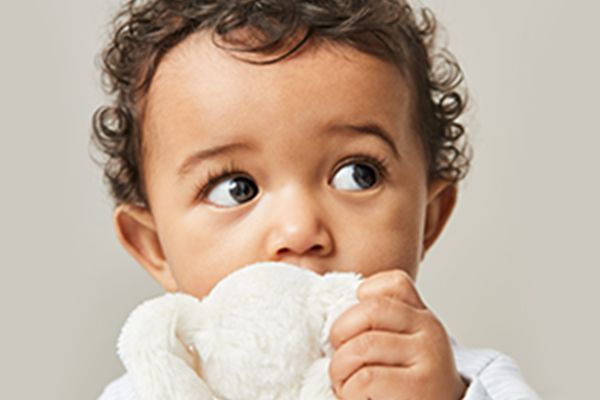Buying Guides
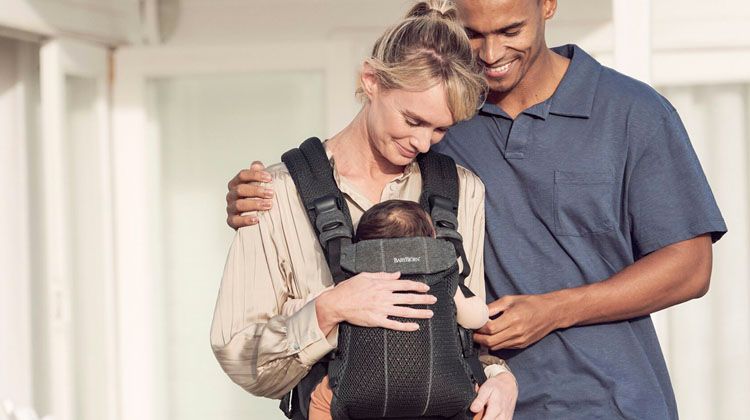

Baby Carrier Buying Guide
Did you know that a carried baby is generally a calmer baby? Being in a carrier takes a baby back to their safe place of being in a warm, comfortable position up close to their carers heartbeat. We have created this guide to help you choose the right carrier for your lifestyle, however one of our Nursery Advisors will also be able to assist you both in-store and virtually.
A quick guide to help you with weight and age suitability
| Child's Weight | Approx. Child's Age |
| 3kg - 13kg | Newborn to 1 year |
| 2.2kg - 14kg | Tiny Newborn to 2 years |
| 3kg - 15kg | Newborn to 3 years |
| 3kg - 20kg | Newborn - 4 years |
| 7kg/15Ib - 15kg/34Ib | 6 months - 3 years |
*For low birthweight babies and children with medical conditions, a strong recommendation is given to seek advice from a health professional before using the product
Top tips for choosing the right carrier for you
Your baby carrier should add ease to your lifestyle and suit the activities you decide to do. So whether you’re looking for a carrier to wear around the house, short family strolls or adventures, your carrier needs to meet yours and your baby's needs
There are 3 important things to consider when choosing your baby carrier:
- Health - this is the most important factor to consider when choosing your carrier as it needs to support your baby’s growing head, neck and back as well as supporting healthy hip development. The healthiest position for a baby's hips is for the hips to fall or naturally spread apart to the side, with the thighs supported and the knees bent in an M-position. We offer a number of baby carriers and wraps which are accredited by the Hip Dysplasia Institute as being suitable for supporting healthy hip and leg development, just ask one of our Nursery Advisors. To ensure your baby is positioned correctly, you can follow the T.I.C.K.S rule highlighted in the below section to remind yourself of how to keep your baby safe when in a carrier.
- Comfort - different carriers offer different levels of comfort so we suggest trying a few to find the right one for you. Look out for padded shoulder straps and lumbar support as these make the carrier comfy for the wearer. We have some carriers which are mesh so extra breathable when exercising or when using in warmer months. Make sure you baby is comfortable by checking that they are sitting ergonomically in a seat with a wider bottom and that the baby is being closely held in a soft carrier.
- Versatility - choosing a carrier which has more versatile positions means you’ll get more use out of it. See our guide to different carrying positions a little further down the page.
The T.I.C.K.S rule for safe babywearing
Keep your baby close and keep your baby safe.
When you’re wearing a sling or carrier, don’t forget the T.I.C.K.S.
- TIGHT
- IN VIEW AT ALL TIMES
- CLOSE ENOUGH TO KISS
- KEEP CHIN OFF THE CHEST
- SUPPORTED BACK
TIGHT – slings and carriers should be tight enough to hug your baby close to you as this will be most comfortable for you both. Any slack/loose fabric will allow your baby to slump down in the carrier which can hinder their breathing and pull on your back.
IN VIEW AT ALL TIMES – you should always be able to see your baby’s face by simply glancing down. The fabric of a sling or carrier should not close around them so you have to open it to check on them. In a cradle position your baby should face upwards not be turned in towards your body.
CLOSE ENOUGH TO KISS – your baby’s head should be as close to your chin as is comfortable. By tipping your head forward you should be able to kiss your baby on the head or forehead.
KEEP CHIN OFF THE CHEST – a baby should never be curled so their chin is forced onto their chest as this can restrict their breathing. Ensure there is always a space of at least a finger width under your baby’s chin.
SUPPORTED BACK – in an upright carry a baby should be held comfortably close to the wearer so their back is supported in its natural position and their tummy and chest are against you. If a sling is too loose they can slump which can partially close their airway. (This can be tested by placing a hand on your baby’s back and pressing gently - they should not uncurl or move closer to you.) A baby in a cradle carry in a pouch or ring sling should be positioned carefully with their bottom in the deepest part so the sling does not fold them in half pressing their chin to their chest.
*TICKS used with permission of the UK Sling Consortium
Baby wraps and slings
Wraps are made from one piece of fabric that is wrapped and then tied around the body to secure the baby. Ideal for not only out and about but also for around the house. Perfect for keeping baby extra close to your heartbeat aiding bonding. Lots of people like to use a wrap for newborns as it also allows for discreet breastfeeding.
Slings are one piece of fabric that threads through two rings. Slings go over one shoulder so your baby is sat on the hip. These are really easy for putting on and taking off and allow your baby to be extra close to you. Like with wraps, lots of people like slings for newborn as they allow for discreet breastfeeding.
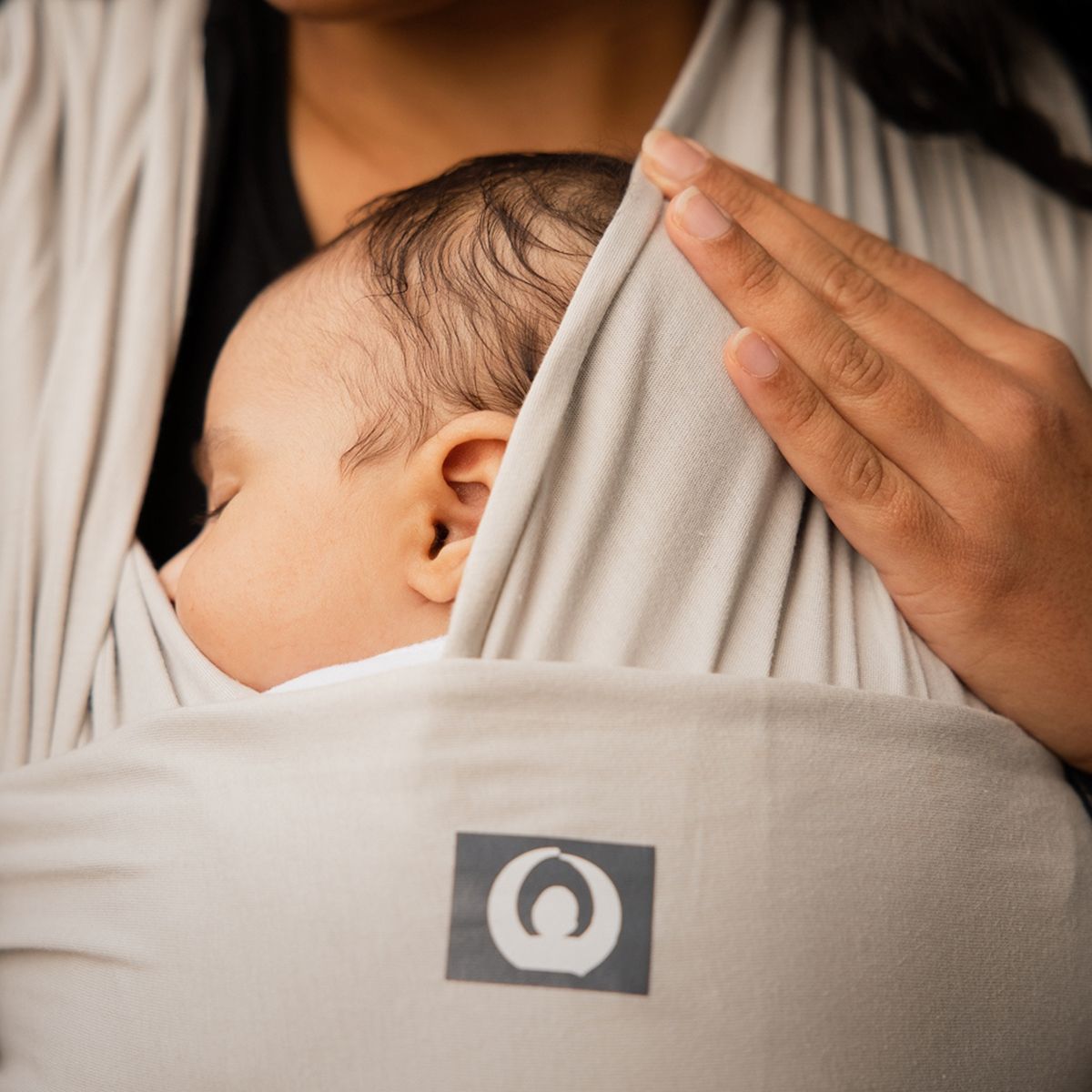
Back carriers
Sometimes you may want to go and explore and really don’t want to be taking a pushchair with you. Back carriers enable you to retain your freedom to explore whilst bringing your little one along for the experience. These carriers are typically suitable for baby’s from 6 months and can go up to around 20kg, so suitable for older children. We offer a range of back carriers which provide comfort and convenience, with large storage pockets, places to keep your little ones toys safe and lots more additional features.

Safety guidance
SFor low birthweight babies and children with medical conditions, a strong recommendation is given to seek advice from a health professional before using the product
Some carriers are suitable for exercising with, however we strongly advise checking with a medical expert first.
Always check that your baby is positioned in the correct carrying position. One of our specialist Partners will be able to assist you with this.
Many of our carriers are Accredited by the International Hip Dysplasia institute. Look out for their logo on product pages or speak to one of our specialist Partners if you are unsure.
All of our soft baby carriers and back carriers conform to all relevant safety standards.
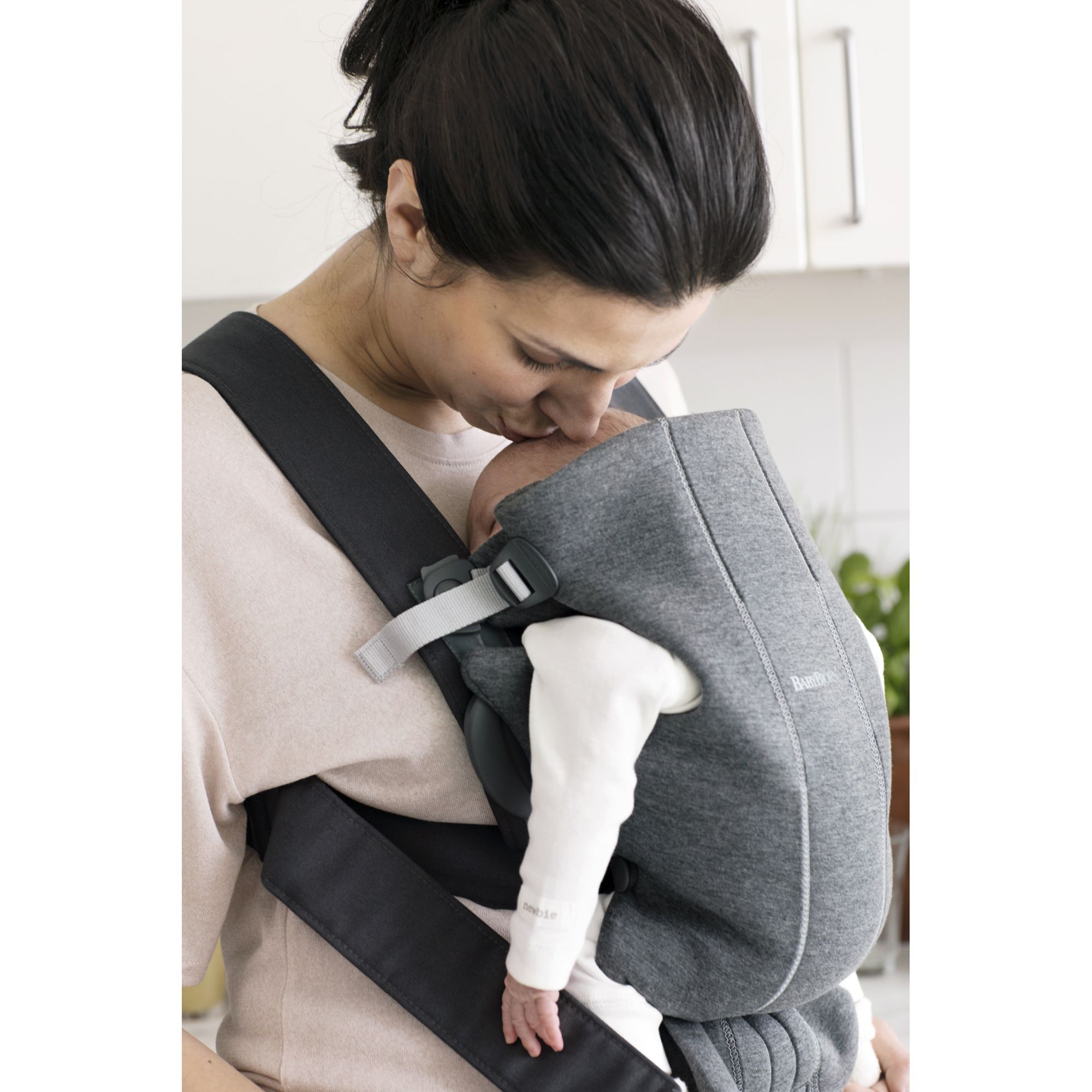
A guide to carrying positions
We range a number of carriers which offer different positions to suit your child and lifestyle. Below are examples of positions you could wear a carrier, however not all carriers are suitable for some positions. Please check with one of our specialist Partners or the Manufacturer

Front Facing In
(sometimes called parent facing)
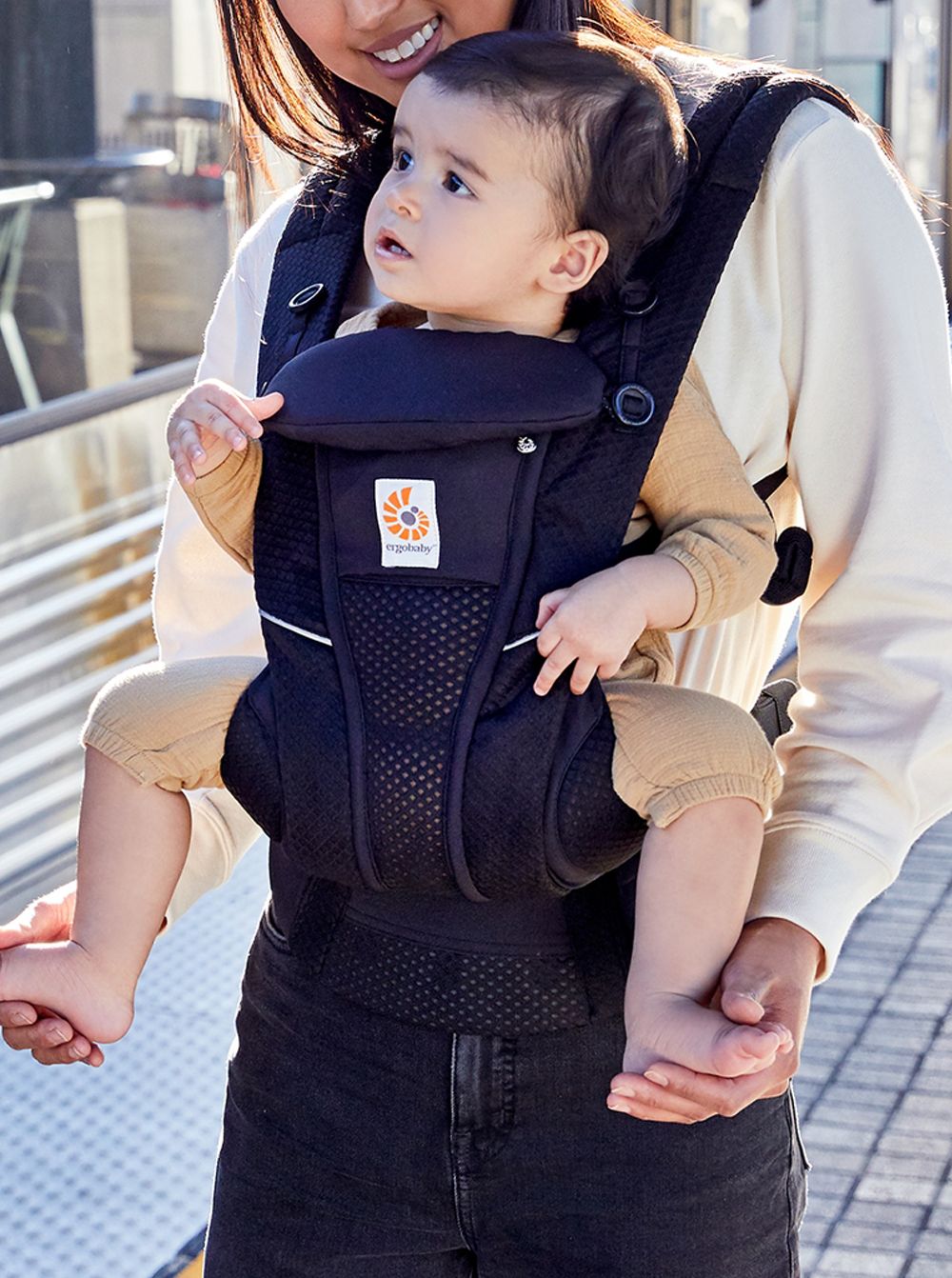
Front Facing Out
(sometimes called world facing)
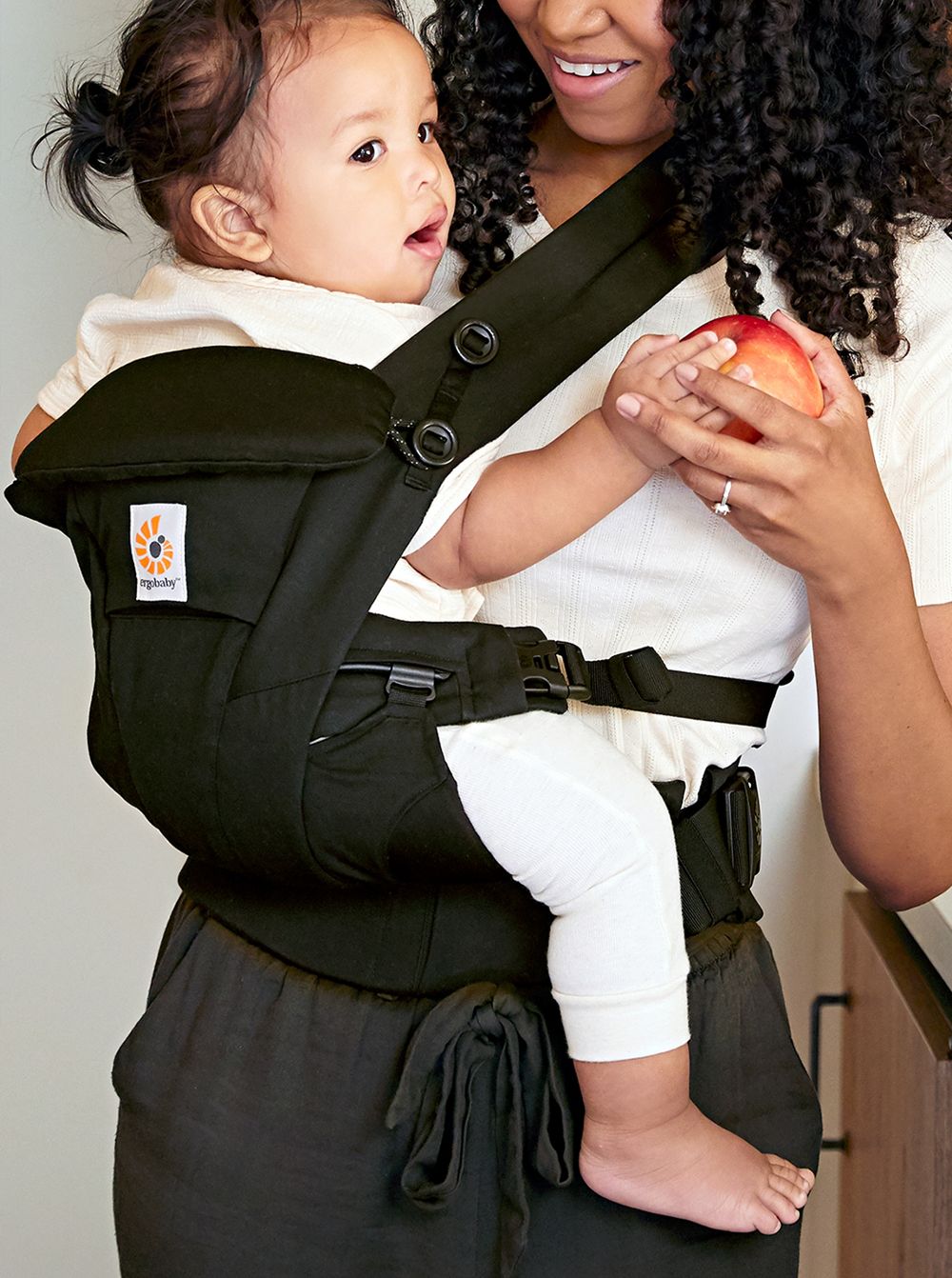
Hip
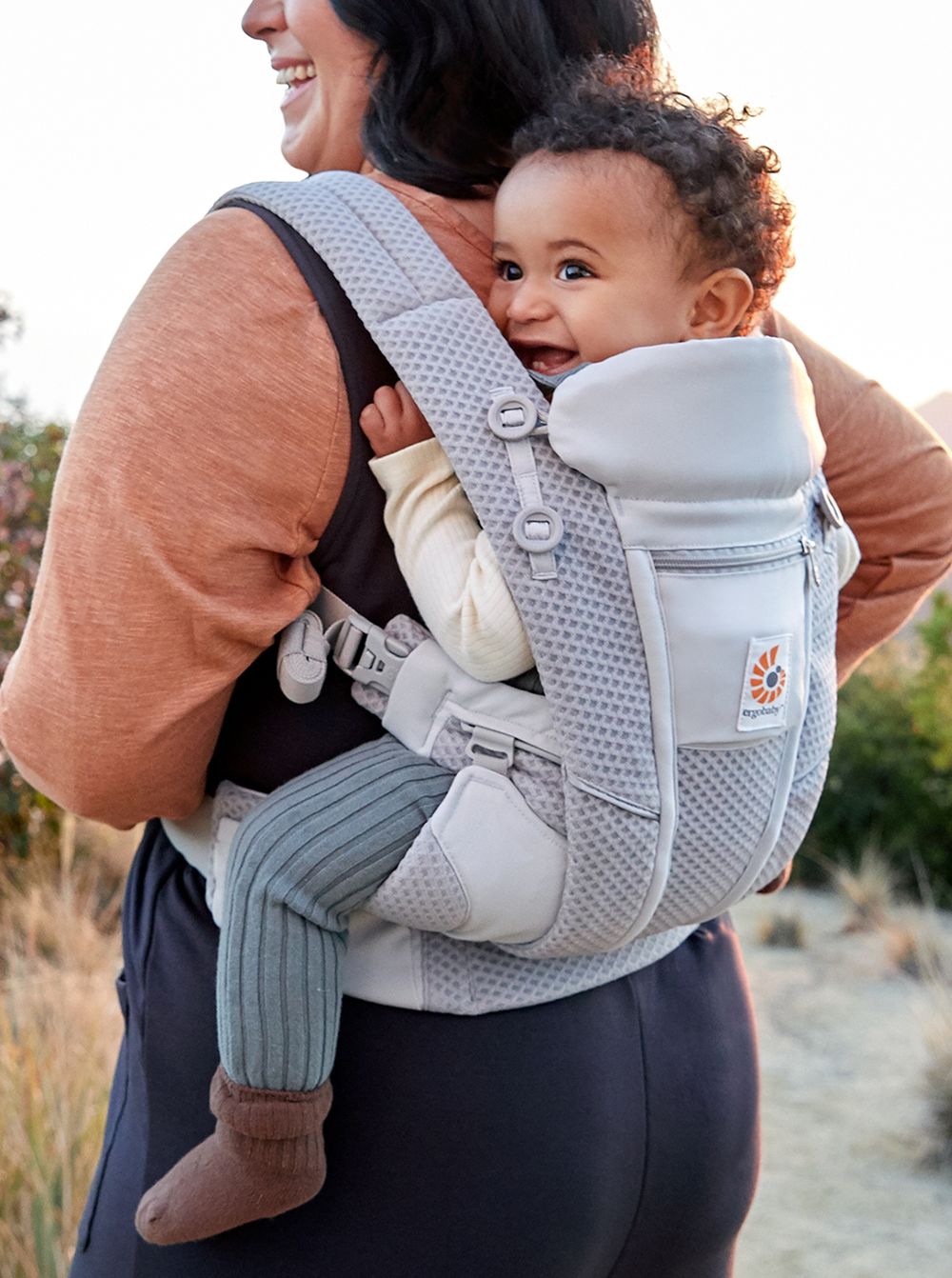
Back
Need product advice?
Book a free in-store or virtual appointment with our expert Partners

All Things Baby
Get prepared for your new arrival with an in-store or virtual appointment with one of our Nursery Advisors.
Get prepared for your new arrival with an in-store or virtual appointment with one of our Nursery Advisors. They’ll answer your questions and find the right products for you and your child. All appointments are free of charge with no minimum spend.

Free Standard Delivery
If you spend £50 or more on a car seat, we offer free standard delivery to your home.
Click & Collect
If you’d prefer to pick up your new car seat in store, use click & collect from John Lewis and Waitrose. It’s free on orders of £30 and over.

Interest Free Credit Available
Spend over £1,000 on Nursery and spread the cost over 12 months, or over 24 months when you spend £3,000 or more. 0% APR Representative. Terms and conditions apply.*

